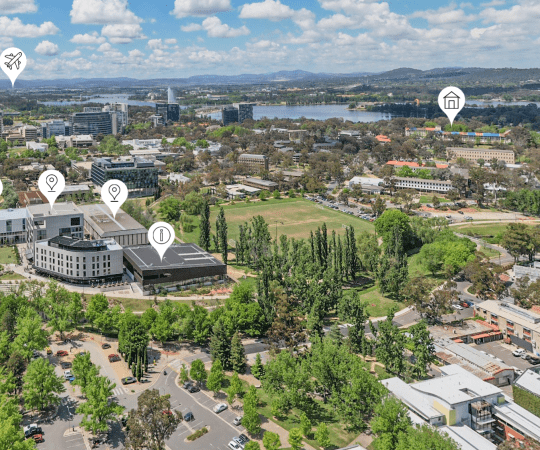
Does your marketing material truly reflect the investment you are asking of students?
$50k can buy a lot of luxury items, cars, boats, or an extension to your house.
Truth be told, that’s the price (most probably more) that your students are paying to stay at your residential college.
If you spent $50k you would expect the purchase to reflect the kind of investment you’d made in it. In spending it on a car you would anticipate hearing a purring engine, immaculate bodywork and plush interior. You would also expect slick marketing material and a functional well-designed website. All these things working together constantly prove the quality of the product.
If you were selling a car for $50k, you would want a potential buyer to quickly understand why it was priced accordingly, to avoid it being judged purely on valuation.
A conversation would be the quickest and most adaptable way of engaging the potential buyer. Refined printed material would be close at hand to mirror the sales conversation. It would be high on persuasion and backed by impressive stats and would ultimately offer the buyer all the information they need to make a decision.
Most importantly, this material would be delivering a promise, both literally and subliminally (through the language used and the quality of the marketing piece) — offering a user-experience like no other.
That’s the reality of investing a significant amount of money. A series of quality interactions with a brand (called touchpoints) from first becoming aware of the product, through dealings with company representatives, marketing material, purchase experience, and of course your experience with the product itself, and after sales service. And then there’s the next time you need to buy a car, do you bother looking anywhere else if the last experience was so good? Car models become more important than what sports team you go for. Some families commit to certain models for generations to come — such is their experience.
When a college offers a place to a student, the parents can expect to pay about the same amount (sometimes more) over 3–4 years. But the approach to attracting potential students seems to be much less refined and more about doing it as cheaply as possible and then trying to convince people otherwise. Why is that?
How does this relate to colleges?
As a college, would you let your office staff design promotional material, print it on the office copier and send to prospective students? On your website, would you rely on a description of the accommodation instead of showing images or 3D virtual tours? Would you use images shot by the college office staff?
This isn’t what a potential student and their family would expect!
You wouldn’t buy a $50k car if the receptionist had slapped the brochures together in Word. Why is it that in the residential college arena that’s acceptable?
And before you ask, yes, this does reflect on the brand — if it’s connected to the college, it is intrinsically linked to the brand. The slightest blemish does make all the difference — it taints the whole experience and brings the next best choice of college back into play.
Big ticket items are always marketed with quality promotional tools, from the language they use, through to the quality of imagery and final physical finish. It demonstrates how seriously the seller takes their product and customer. It’s an indicator of the quality of the product or experience being marketed.
Shouldn’t college brands be reflecting the level of investment a student is making in the college? The answer is simple — of course they should.
The question is why are so many so blasé?
Do you think your college marketing material represents the level of investment a student is expected to make, or the experience itself?
Comment below with your thoughts.








Submit a Comment